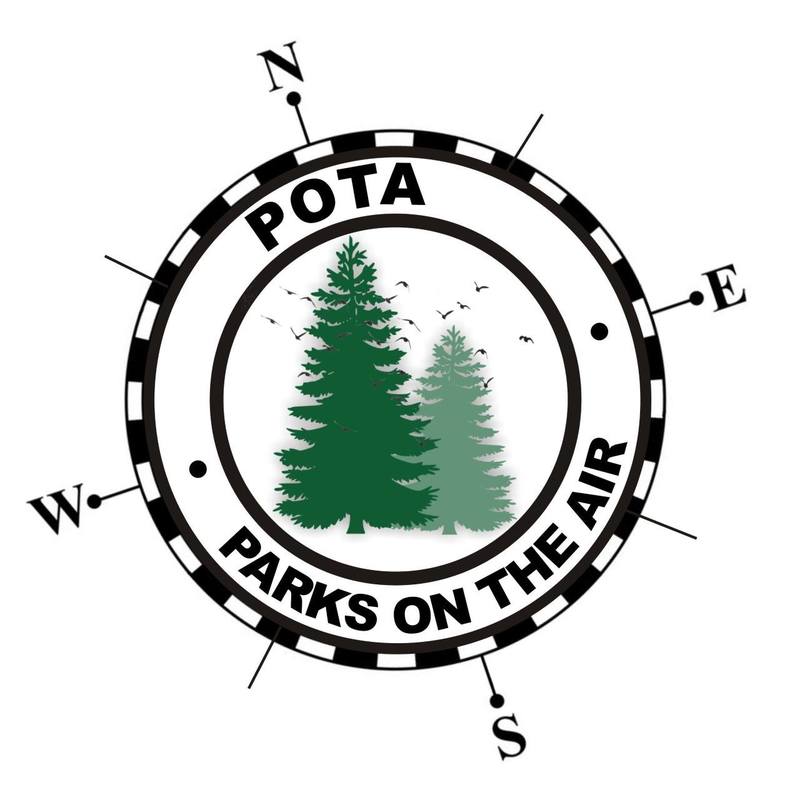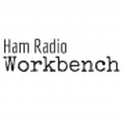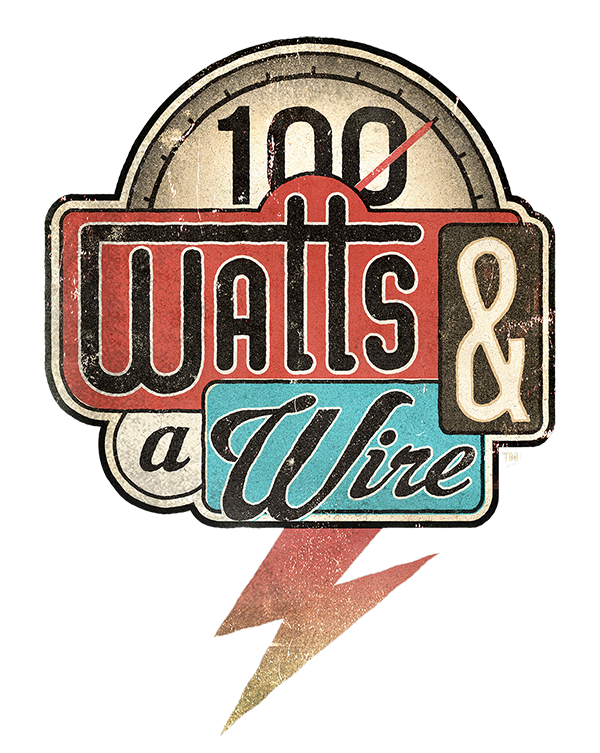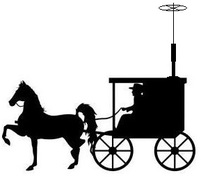Because I've also been slooooowly practicing morse code (strictly copying at this point - I haven't gotten up the nerve to try a QSO on the air yet) I decided to listen to the CW portion of 20 meters to see if there was anyone transmitting slow enough that I could copy (there wasn't - insert frowny face here.)
Anyway, most of the receivers have a similar interface, allowing you to tune around, choose modes, set filters, etc. The 2 that I looked at also had a "logbook" function where you could enter callsigns of stations that you heard.
- Not sure if you're getting out? Pick a receiver in some remote location, or DX land, to see if you can hear your own transmitted signal from somewhere else!
- Don't trust someone else's ears/S-Meter to your A/B antenna comparison? Do the same as above, to see if there is a difference between 2 of your antenna's.
- Is your QTH noisy with RFI? Use these to cheat when you want to call CQ for a friendly rag chew! - use a nearby web receiver that is in a location with a lower noise floor to see if you can hear answers to your call that you can't hear with your transceiver
- I travel for work - this is a great way to at least listen in on the bands when I'm traveling and don't have radio equipment with me for some reason.
- Set up a computer with some speakers or a headset at your field day site, for the public to use. Choose a Web SDR with a simple interface, and type up some basic directions to leave next to the computer. Visitors to your field day can tune around and listen in on the the bands anywhere they please, not just to your operation!
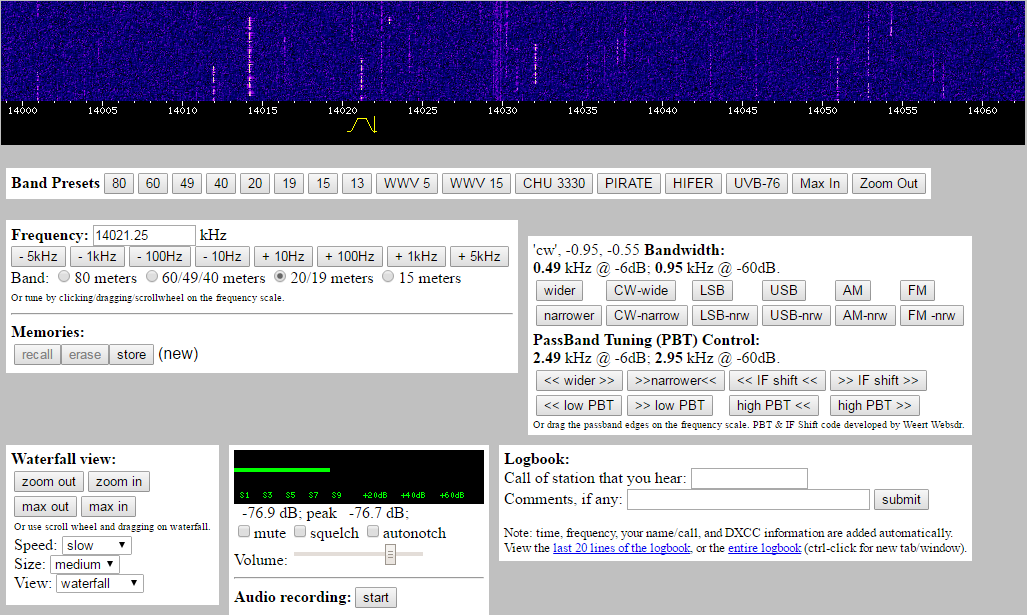
 RSS Feed
RSS Feed
